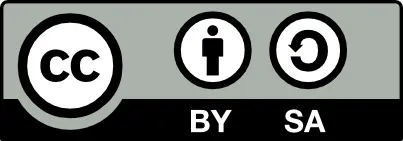Climatic Impact on Employee’s Performance
Authors: Anil Kumar
Country: India
Full-text Research PDF File:
View |
Download
Abstract:
Ambience of organisation may be defined as the environment prevailing within a particular organization and the same is created by the people who are working in that organization. The organizational climate is the product of organizational culture which comprises of working conditions at workplace, general behaviour of people with each other, social background of people working in it, organizational rules and policies related to human resources and, most importantly, leadership of the organization.
The above mentioned ingredients of an organizational culture are crucial in creating the environment at workplace as well as at corporate level which becomes the sole climate of an organization. In constituting a favourable or an unfavourable environment or organizational climate in any organization the leaders have a vital role to play. Since a leader’s behaviour represents and echoes the policies and ethics of an organization, it imperatively changes the mindset of the human resources and accordingly they reciprocate in their mutual behaviour and action at workplace. The behaviour and actions of human resources are the main source of organizational climate and the performance of each and every employee irrespective of their level is affected by the organizational climate.
Keywords: Organisation, Climate, Environment, Culture, Workplace, Leader, Behaviour, Performance, Human Resources
Paper Id: 1634
Published On: 2014-02-03
Published In: Volume 2, Issue 1, January-February 2014





 All research papers published in this journal/on this website are openly accessible and licensed under
All research papers published in this journal/on this website are openly accessible and licensed under 